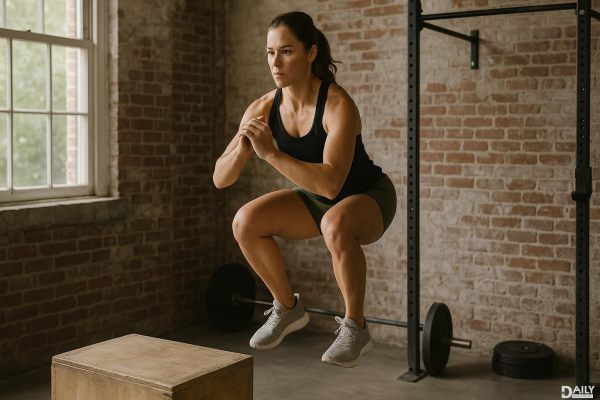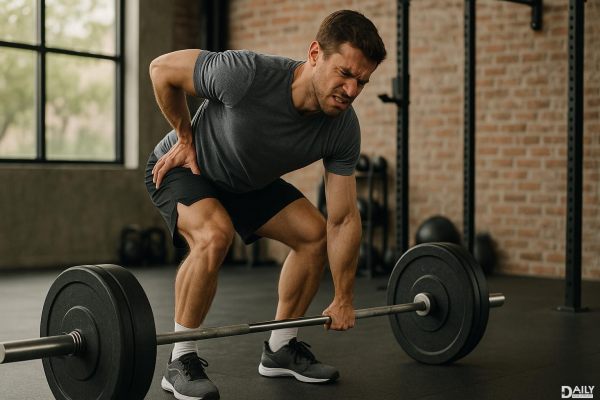Running sneaks up on you like that—what starts as a last resort becomes a lifeline. That first brutal 30-minute slog? It’s the universe’s weird way of handing you a free therapy session. The gym’s AC might’ve been busted, but that trail gave you something better: fresh air, space to unravel, and proof that your body could do hard things even when your brain was screaming "nope." The soreness fades. The clarity sticks around.
Why Running Works When Nothing Else Does
Science calls it "exercise-induced neuroplasticity," but let’s be real—it’s more like hitting a reset button with your feet. When you run, your brain pumps out endorphins (nature’s painkillers) and BDNF (a protein that’s basically fertilizer for brain cells). Translation: you’re chemically rewiring yourself to handle stress better. And that "I just got hit by a truck" muscle ache? That’s your body ditching the tension you’ve been stockpiling between your shoulders since midterms started. Unlike the stationary bike or weight rack, running forces you to sync your breath with movement, which is why it feels like meditation for people who can’t sit still.
The Sneaky Mental Health Perks Nobody Talks About
Beyond endorphins, running serves up stealth benefits. There’s the rhythm—left foot, right foot, repeat—that drowns out obsessive thoughts. Then there’s the trail itself: trees, open sky, the occasional squirrel judging your pace. Nature’s a proven mood booster, but it’s the act of moving through it that makes the difference. You’re not just sitting on a bench trying to "be mindful"; you’re physically leaving your dorm, your deadlines, that weird laundry smell, behind. And post-run? The shower hits different. Food tastes better. Even your worst professor’s emails seem manageable. It’s not magic; it’s your nervous system finally downshifting from "panic mode."
How to Not Hate It (Because Yes, the First Month Sucks)
If your first run felt like a betrayal by your own lungs, you’re doing it right. The trick is to ditch the "no pain, no gain" nonsense. Walk when you need to. Sprint the last 10 seconds just to feel like a superhero. Playlists are non-negotiable—blast angry music, true crime podcasts, or the Hamilton soundtrack if it keeps your feet moving. And for the love of hydration, get decent shoes. That $20 pair from the big-box store? They’re why your knees sound like popcorn. A running store’s gait analysis isn’t just for marathoners; it’s for anyone who wants to keep running past age 25 without hobbling.
When Running Becomes Your Secret Weapon
Eventually, you’ll notice the shift. That thing you used to dread? Now it’s your go-to when life gets loud. Bad day? Run. Can’t focus? Run. Feeling restless at 11 PM? You’re lacing up in the dark. It stops being about fitness and starts being about reclaiming control—over your time, your mood, your ability to breathe through discomfort. And the best part? The trail doesn’t care about your GPA, your relationship drama, or whether you forgot to call your mom. It just meets you where you are, every time.
So keep showing up. Some days you’ll feel like a gazelle. Others, a walrus on land. But that’s the deal: running gives back exactly what you’re willing to put in, no subscription fee required. And hey, if nothing else, it’s cheaper than a gym membership—and way better at airing out your demons.
























